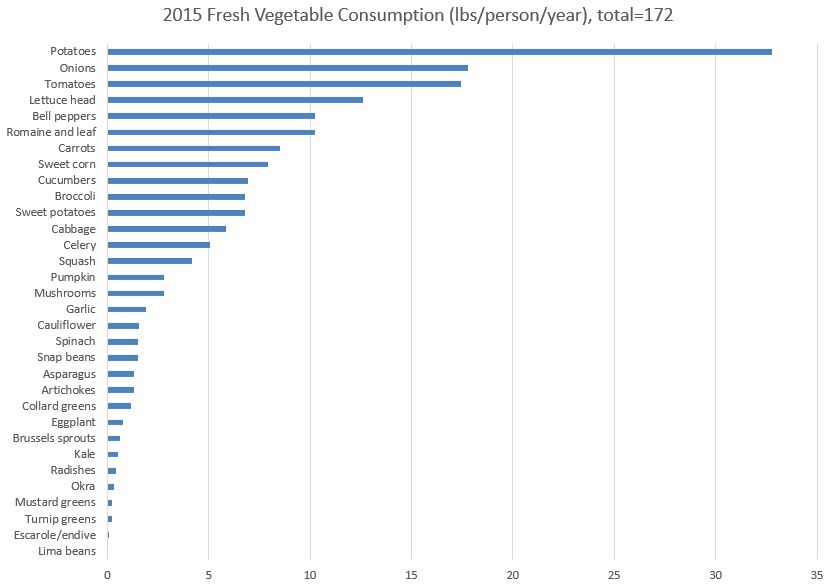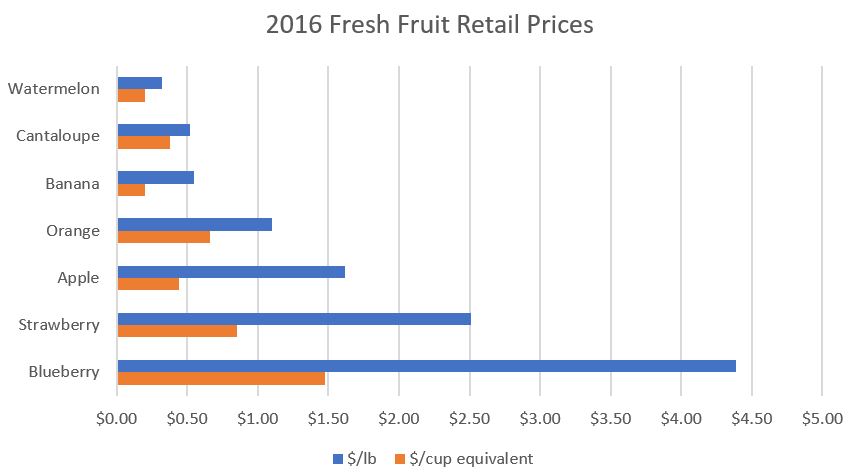Discussions about food are frequently divisive. Low-carb or low-fat? Organic or conventional? Local or exotic? Is our food system fantastic or broken?
Now, look out into the future to the year 2050. Do you think our future food conversations will be more or less divisive than they are today? As much as I hope the opposite, I suspect that we're likely to have more disagreement, not less, as we we go forward.
Here's my theory. You've no doubt heard of Maslow's Hierarchy of Needs, which characterizes stages of human growth. The basic idea is that one has to satisfy more basic needs (e.g., food and shelter for survival) before moving on to worry about other "higher" needs, like social belonging. Other's have posited a similar phenomenon in the domain of food. For example, see Ellyn Satter in this 2007 academic article where she lays out a hierarchy of food needs.
Below, I've constructed my own version of Satter's food need hierarchy. At the bottom, when people are highly income and resource constrained, people are asking questions like, "how do I get enough calories to eat?" Once that question is answered, they can then worry about other things like: "Is this food safe?" As a person (or country) develops and gains more income, they move from food being primarily consumed to survive to food consumption eventually serving as a form of self expression and actualization.
So, here's my twist on this. When a community or country is largely at the bottom of the pyramid, there is likely to be broad agreement about "society's" objective in the food and farm realm: produce enough food to eat. However, at the top of this pyramid, there is no reason to expect "society" to agree on the primary objective. Satter called the top of this pyramid "instrumental food" and she said such foods were consumed to "achieve a desired physical, cognitive, or spiritual outcome." If we're talking about food satisfying a particular view of what I think of myself (I eat what I am) or food satisfying a "spiritual outcome", why would we expect you and I to agree on what is "best"? In this sense, we might expect food consumption to be more politicized.
Satter also says of such food consumption, "These instrumental reasons may or may not be rational or supported by scientific inquiry." No kidding! That's precisely the world in which we now live. A couple of years ago, for example, the Pew Foundation found that the widest gap between the general public and scientists was on the topic of the safety of GMOs. Clearly, something other than peer-reviewed science is driving many people's food beliefs and consumption patterns.
Another challenge is that psychology research shows that we have a tendency to think others are more like us than they actually are. For those of us who have had the opportunity to "move up" the pyramid, we might forget the more foundational challenges many food consumers' face. This might be one of the causes of food paternalism I've written about on a number occasions - the view that others should be eating more like me. This quote from a psychology paper on "egocentric empathy gaps" is particularly apt:
“A traditional Irish proverb, for example, states that ‘the full person does not understand the needs of the hungry.’ Most people in affluent societies may have little appreciation of the desperation of true starvation, and may consequently work less to alleviate it than if they understood how hunger really felt.””
It's not just that we might "work less" but that we might work to solve the problem in ways that suit our own particular desires rather than those we aim to help.
So, is my little theory correct? That greater affluence will lead to greater disagreement about which food and food systems are ideal? As we often say in academic papers when we don't know the answer: "that question is left to future research."



